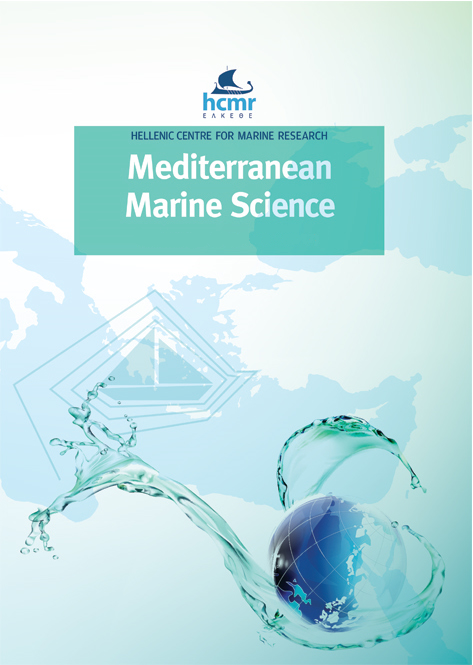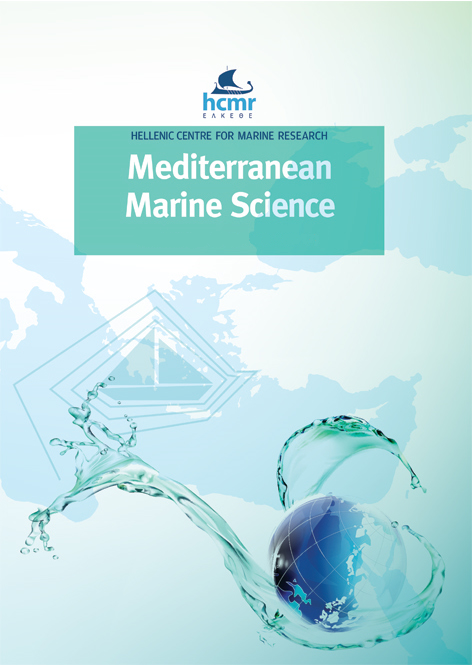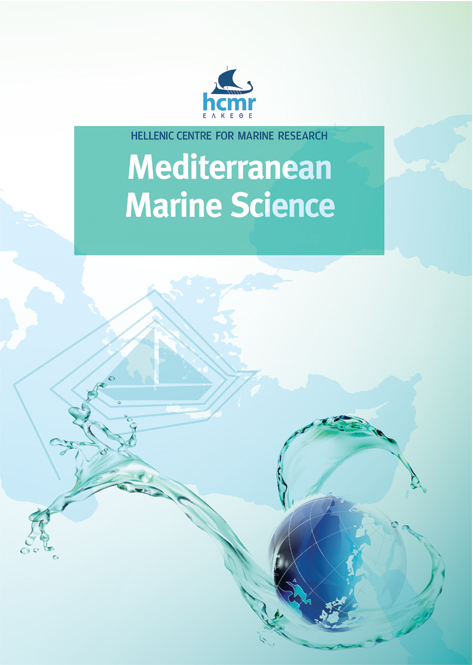Spatial and temporal partitioning of the Western Mediterranean Sea by resident dolphin species

Abstract
A classic issue in ecology is to understand how similar species coexist in a given area (i.e., sympatry). The situation of dolphins in the Western Mediterranean Sea may represent a special case of sympatry in that three similar species (the short-beaked common dolphin [Delphinus delphis], the striped dolphin [Stenella coeruleoalba], and the bottlenose dolphin [Tursiops truncatus) are under strong human impacts in the same area. From the viewpoint of ecology and conservation biology, it is challenging to determine how these three dolphin species live together and avoid competitive exclusion in the setting of such impacts. The Spanish Institute of Oceanography has a dataset of dolphin species opportunistic sightings. Using these data, we constructed three binary variables, comprising the sighting of one species versus the sighting of either of the other two species. We obtained three significant probability models after performing logistic regression of these binary variables on a set of spatio-temporal explanatory variables. We analysed these models from the perspective of fuzzy set theory by applying the favourability function to the probability models, fuzzy operations overlap, and entropy. The results show that common dolphins are differentially favoured in the eastern part of the study area and far away from main shipping routes. The striped dolphin was differentially favoured in the western part of the study area, above deep waters, near main shipping routes, and in summer and spring. Finally, bottlenose dolphins were differentially favoured in the mid-western part of the study area, in winter, and over shallow waters.
Article Details
- How to Cite
-
TORREBLANCA, E., REAL, R., CAMIÑAS, J. A., MACÍAS, D., GARCÍA-BARCELONA, S., & CARLOS BÁEZ, J. (2023). Spatial and temporal partitioning of the Western Mediterranean Sea by resident dolphin species. Mediterranean Marine Science, 24(1), 34–49. https://doi.org/10.12681/mms.25543
- Section
- Research Article
Authors who publish with this journal agree to the following terms:
- Authors retain copyright and grant the journal right of first publication with the work simultaneously licensed under a Creative Commons Attribution Non-Commercial License that allows others to share the work with an acknowledgement of the work's authorship and initial publication in this journal.
- Authors are able to enter into separate, additional contractual arrangements for the non-exclusive distribution of the journal's published version of the work (e.g. post it to an institutional repository or publish it in a book), with an acknowledgement of its initial publication in this journal.
- Authors are permitted and encouraged to post their work online (preferably in institutional repositories or on their website) prior to and during the submission process, as it can lead to productive exchanges, as well as earlier and greater citation of published work (See The Effect of Open Access).







